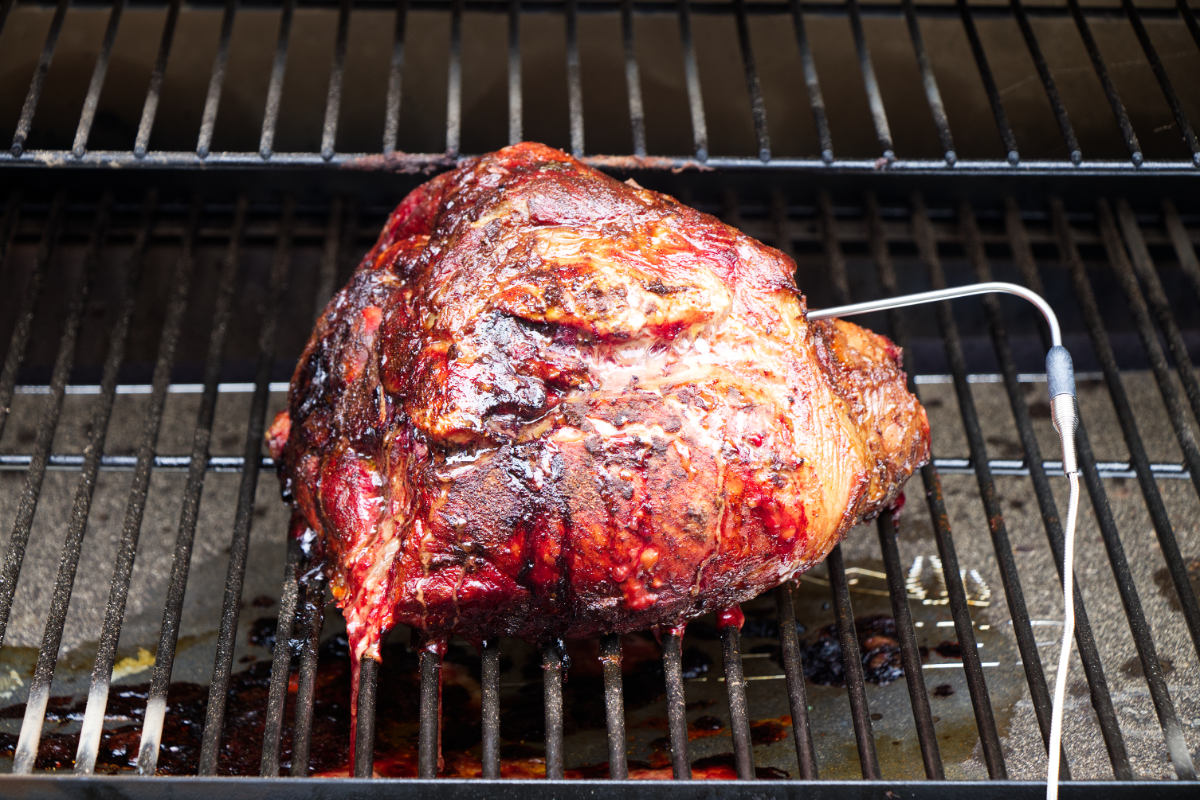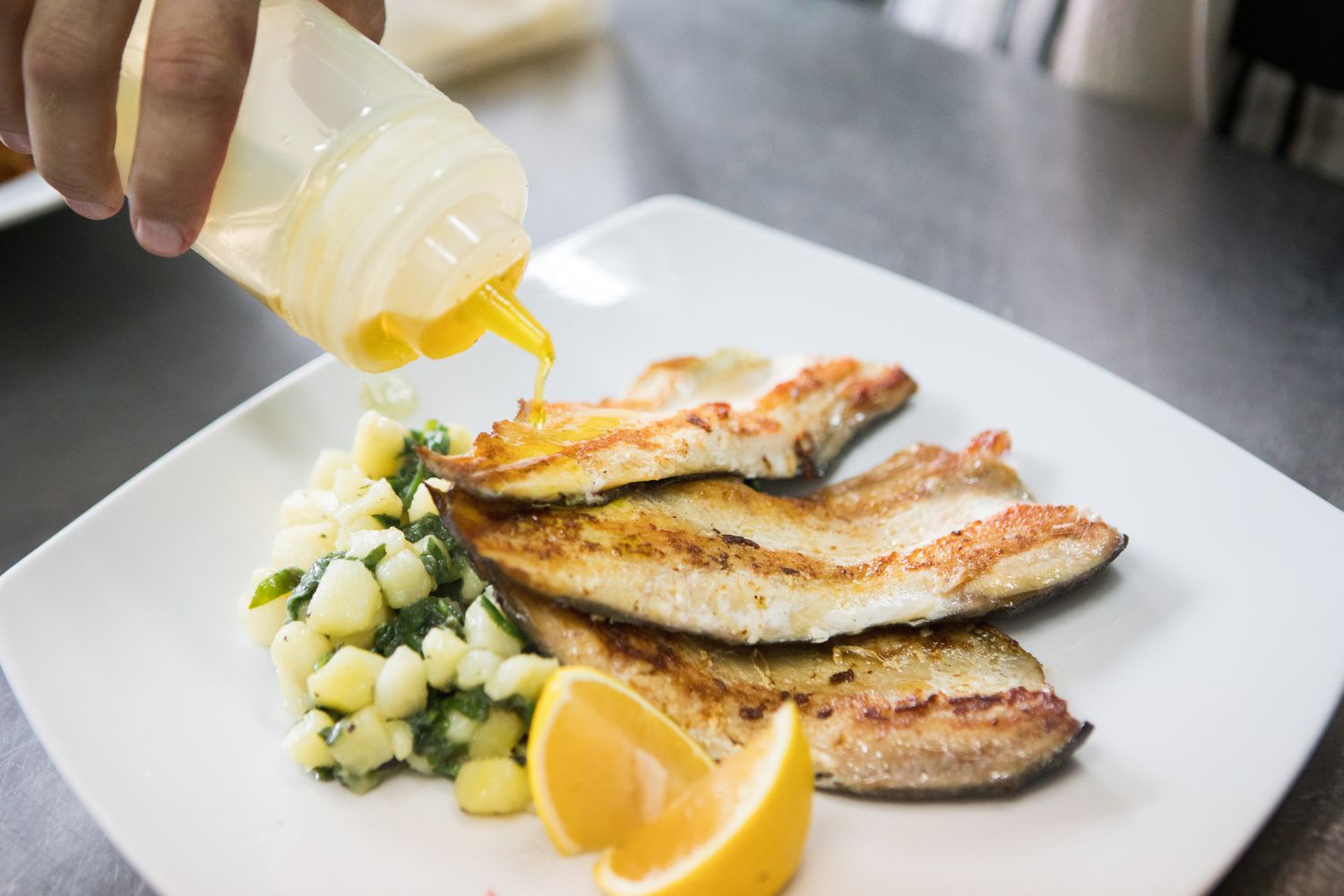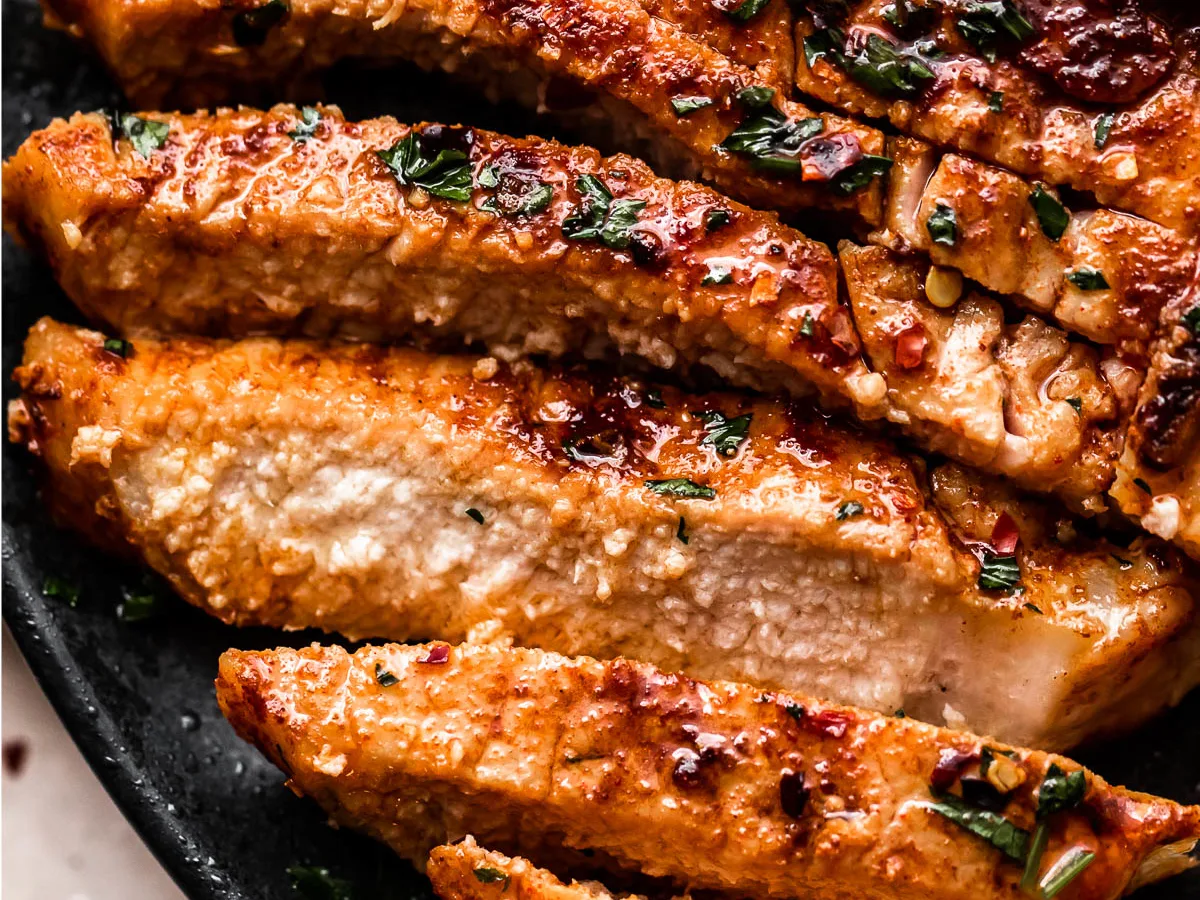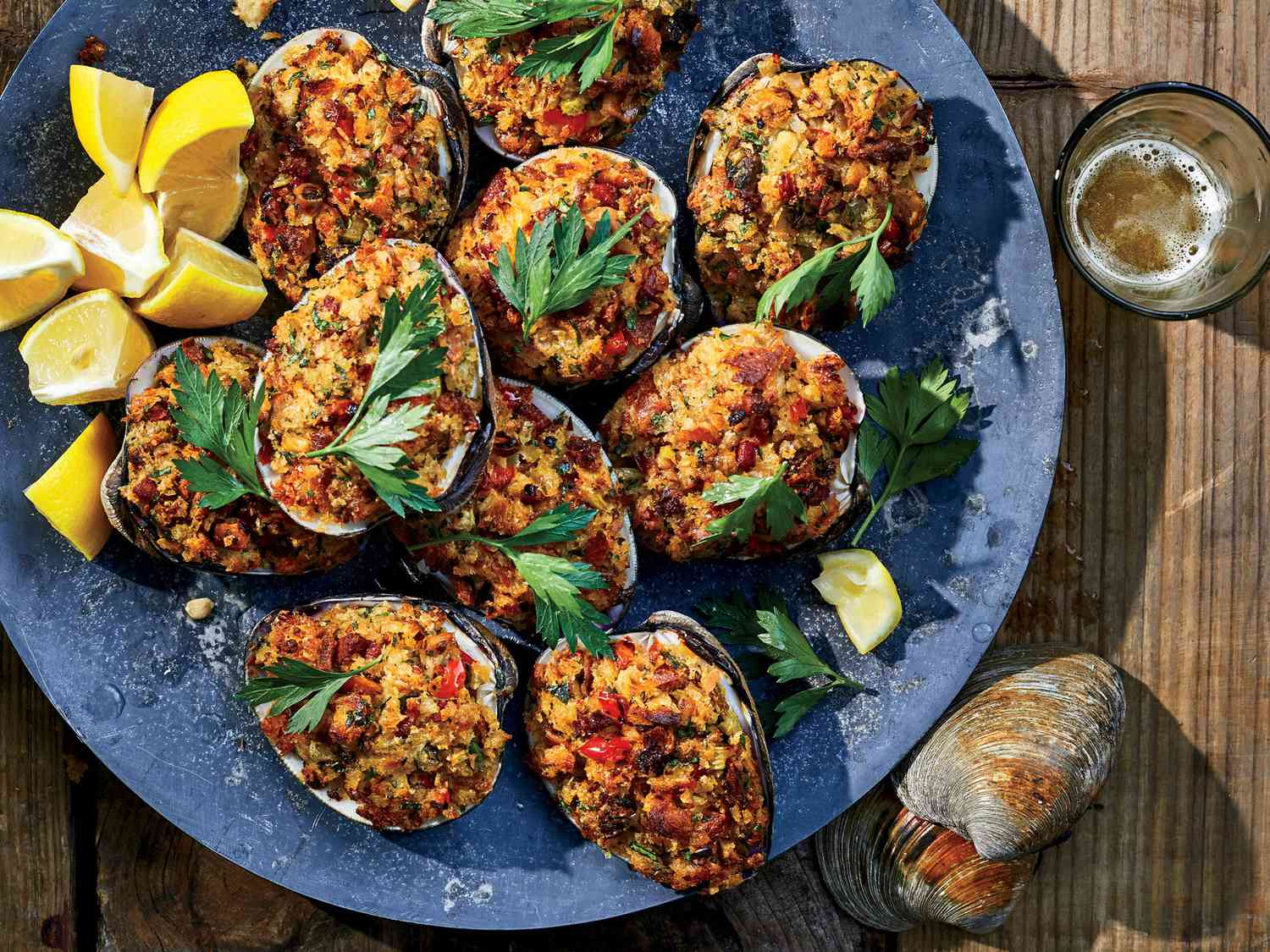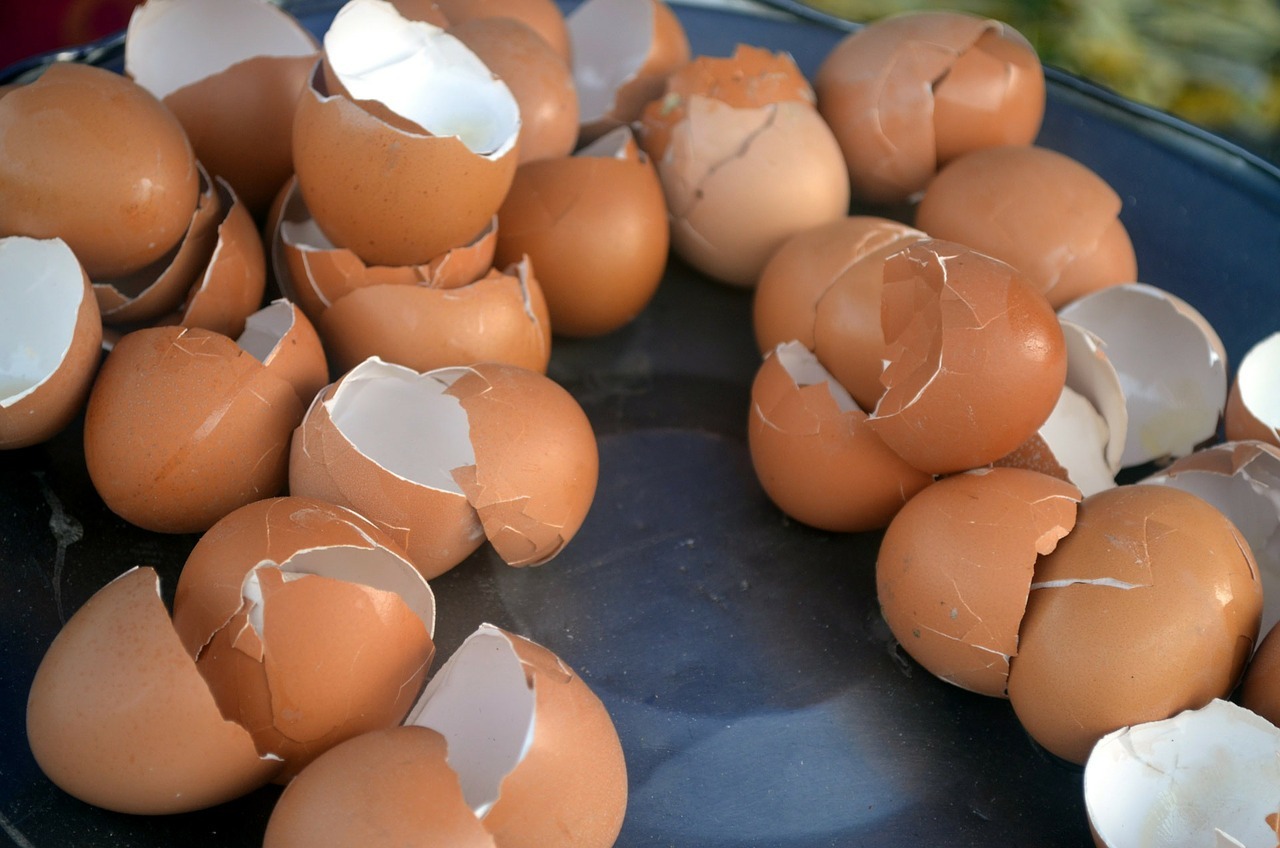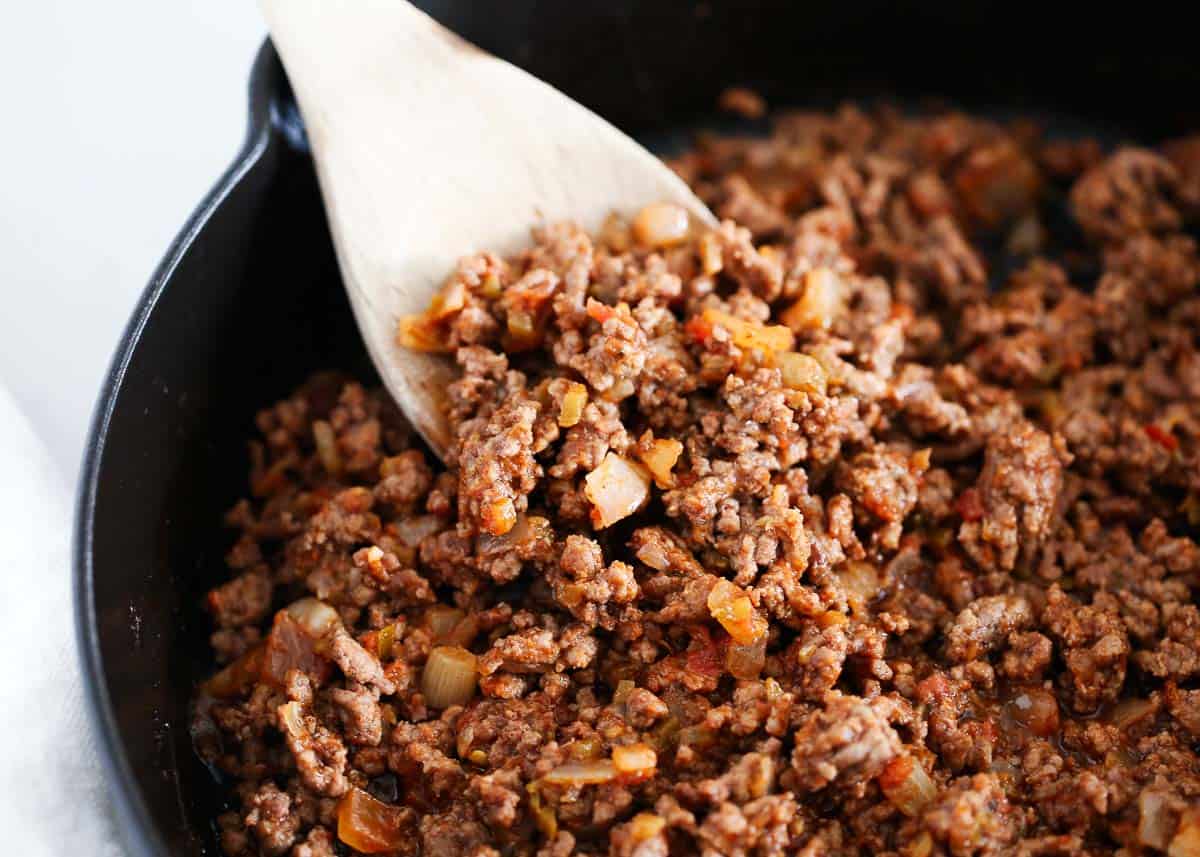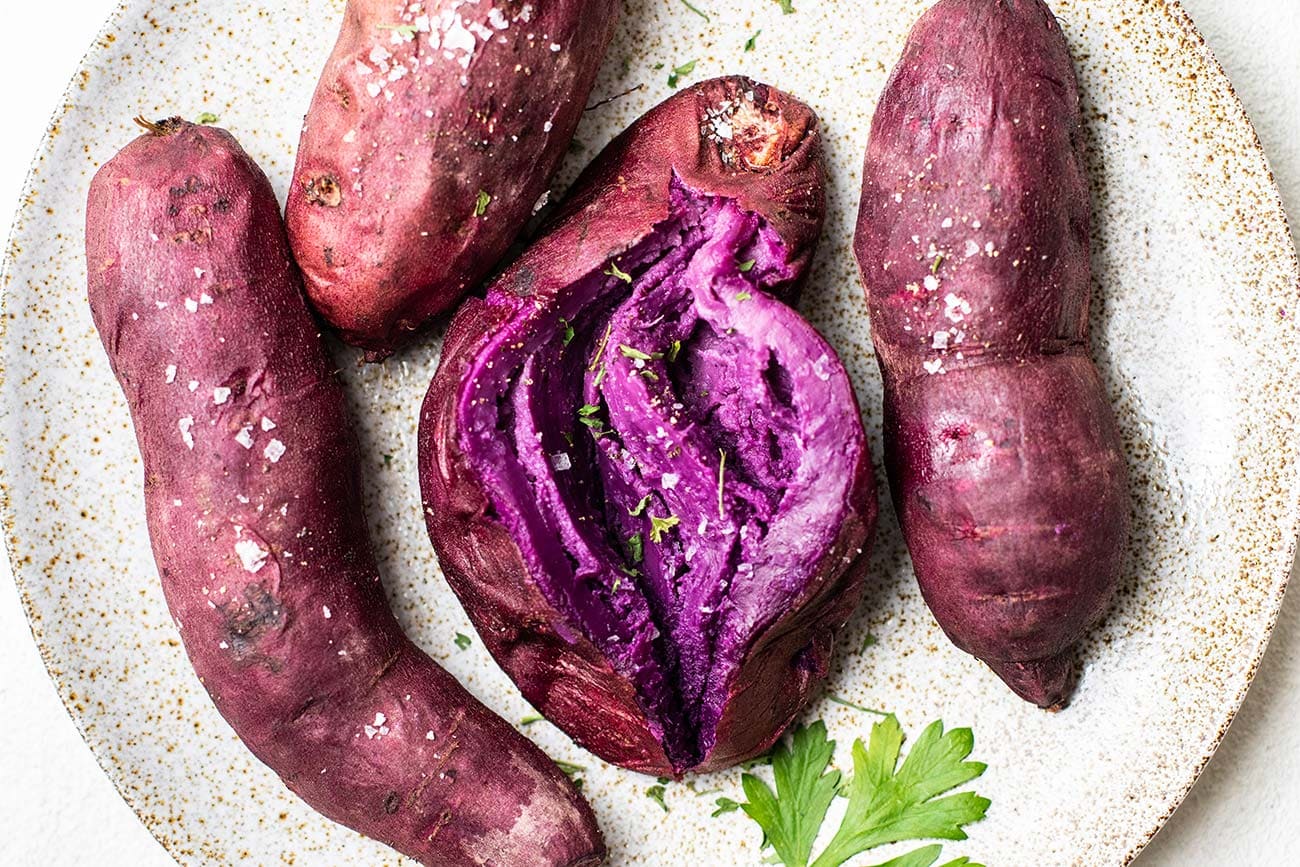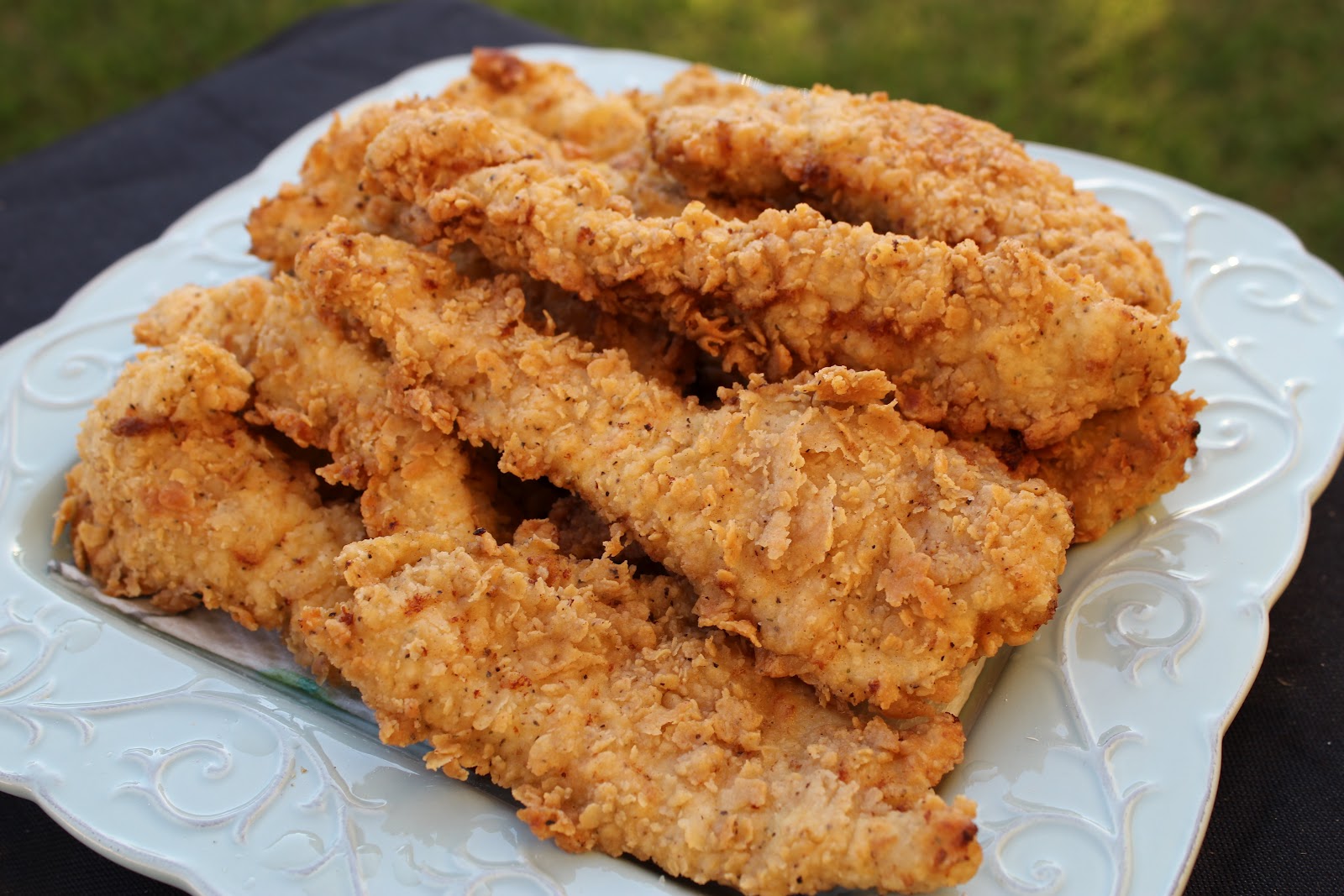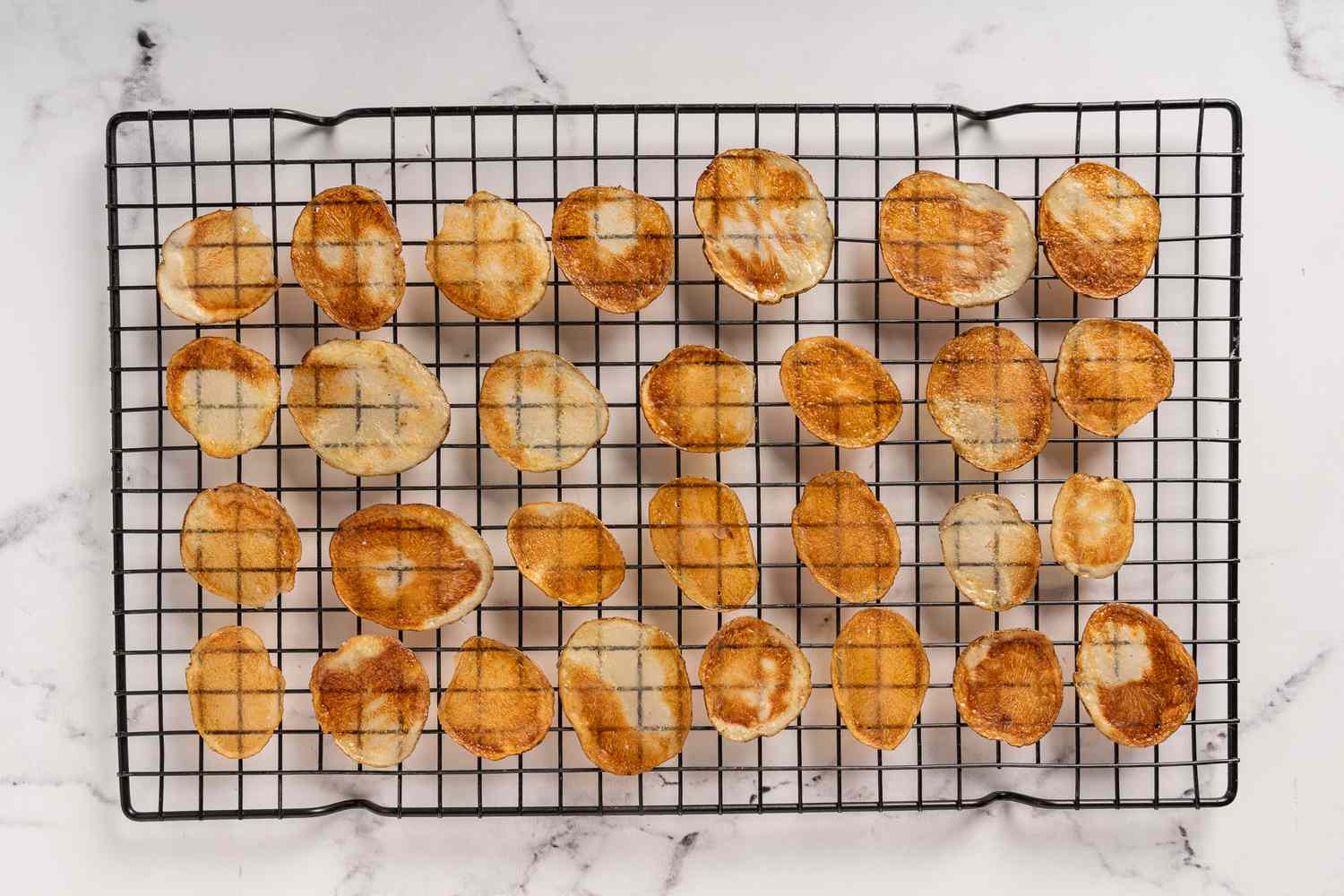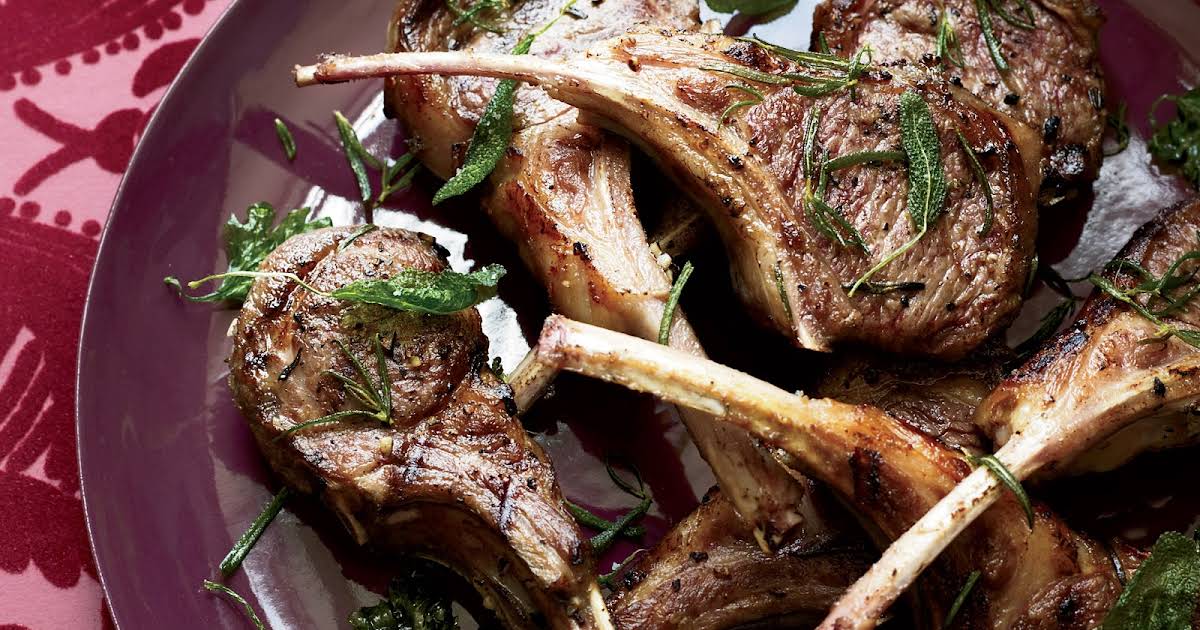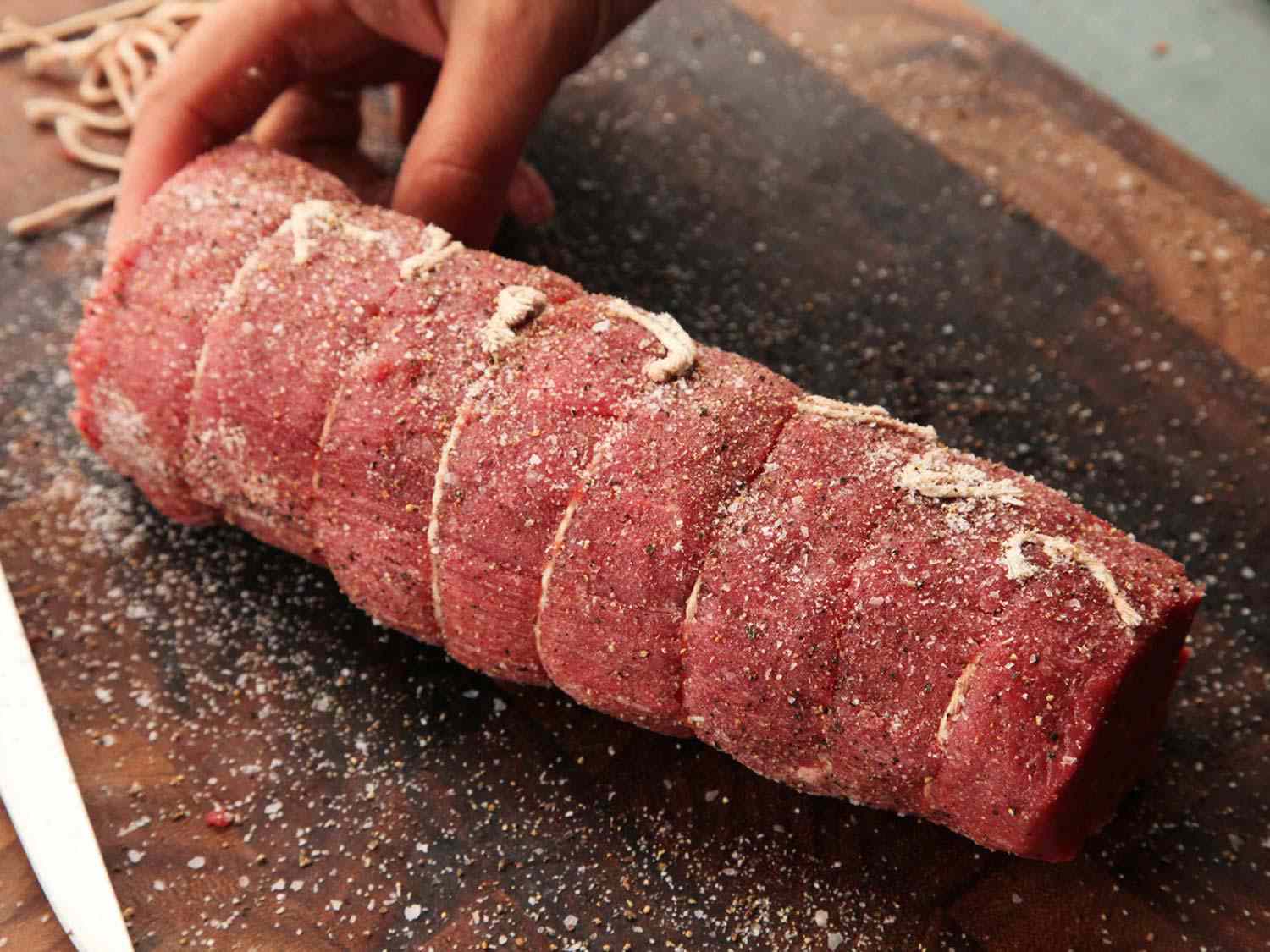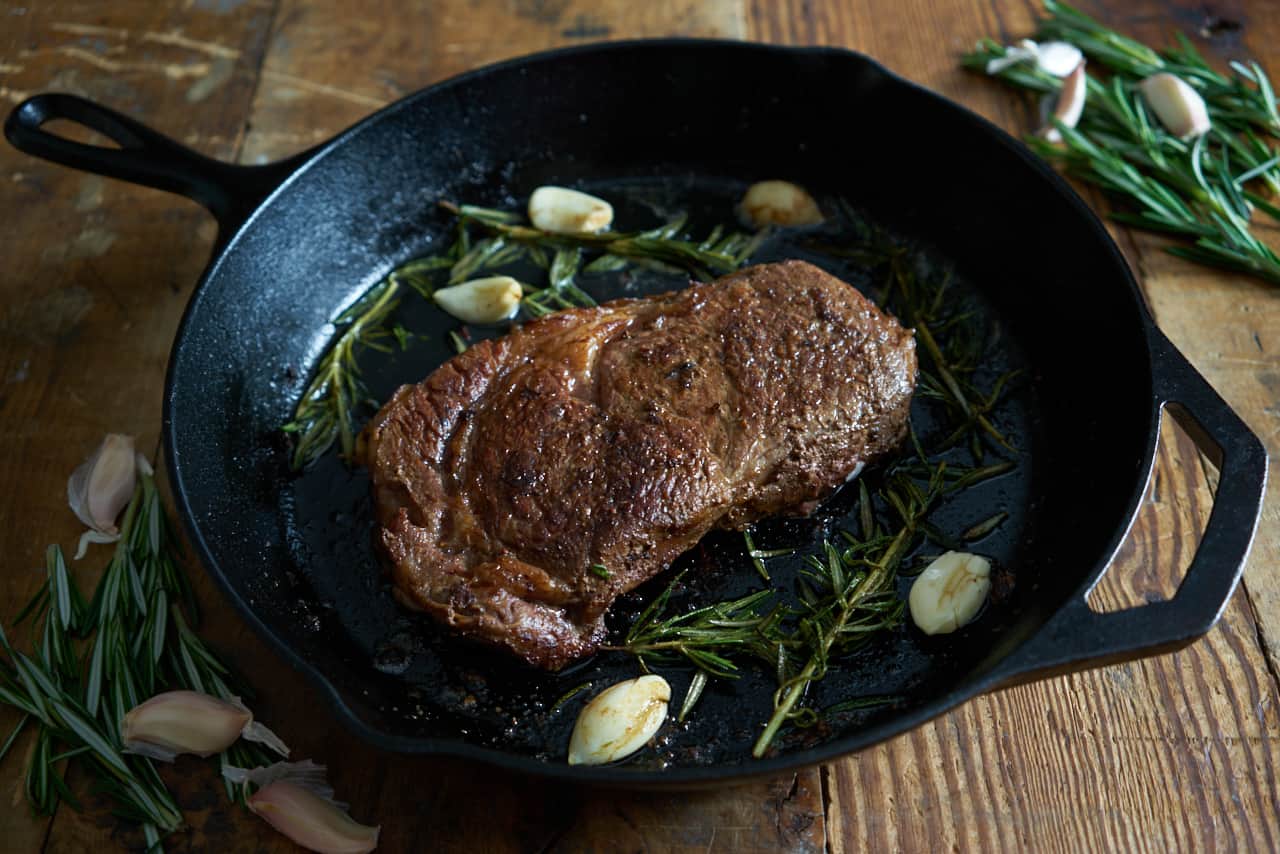Mastering the Art of Slow-Cooking Brisket in the Oven
Brisket is a classic cut of meat that, when cooked slowly in the oven, becomes tender, flavorful, and absolutely delicious. Whether you’re a seasoned chef or a beginner in the kitchen, learning how to cook brisket in the oven slow is an essential skill that will impress your friends and family. So let’s dive in and discover the secrets to creating a mouthwatering brisket feast!
Choosing the Perfect Brisket
Before you embark on your culinary adventure, it’s important to select a high-quality brisket. Look for a well-marbled piece of meat with a nice layer of fat on top. This will ensure that your brisket stays juicy and succulent throughout the slow-cooking process.
Prepping the Brisket
Preparation is key when it comes to cooking the perfect brisket. Start by seasoning the meat liberally with a combination of your favorite spices. A popular blend includes salt, black pepper, garlic powder, and paprika.
For an added flavor punch, consider marinating the brisket overnight using a mixture of Worcestershire sauce, soy sauce, brown sugar, and a hint of liquid smoke.
Slow-Cooking Magic
Now that your brisket is perfectly prepped, it’s time to slow-cook it to tender perfection in the oven. Follow these steps for a foolproof cooking process:
- Preheat your oven to 275°F (135°C).
- Place the brisket fat side up in a roasting pan or a Dutch oven with a lid.
- Add a cup of beef broth or water to the pan to keep the meat moist during cooking.
- Cover the pan tightly with foil or put the lid on.
- Place the brisket in the oven and let it cook slowly for 1 hour per pound of meat. For example, if your brisket weighs 5 pounds, cook it for 5 hours.
Creating a Flavorful Crust
Once the brisket has reached its cooking time, it’s time to give it a beautiful crust. Remove the foil or lid and increase the oven temperature to 375°F (190°C). Let the brisket cook uncovered for an additional 30 minutes.
During this time, the surface of the brisket will brown and form a delicious caramelized crust, adding depth and flavor to the dish. Keep a close eye on it to ensure it doesn’t burn.
Rest and Slice
After the brisket has acquired its tempting crust, remove it from the oven and allow it to rest for at least 20 minutes before slicing. This step is crucial as it allows the juices to redistribute within the meat, resulting in a moist and tender final product.
To serve, carefully slice the brisket against the grain, creating thin slices that are perfect for sandwiches or as the centerpiece of a hearty meal.
Final Thoughts
Learning how to cook brisket in the oven slow is a skill that will elevate your cooking prowess to new heights. With a little patience and attention to detail, you can create a tantalizingly tender and flavorful brisket that will have everyone coming back for seconds. So fire up your oven, grab your favorite spices, and get ready to savor the amazing results!
For those eager to master slow-cooked brisket in the oven, there are a variety of recipes to try that build on the guide's techniques. The Classic Oven-Baked Brisket Recipe is a staple, perfect for anyone starting out. If you're looking to add a twist, Brisket Tacos with Fresh Salsa offer a flavorful fusion. For a heartier meal, Brisket Shepherd's Pie is a comforting option. Those craving something rich should try Brisket Stroganoff, which brings a creamy, savory delight. Lastly, Korean-Style Brisket Tacos provide an exciting, spicy kick. Each of these recipes highlights different flavors and methods, making them ideal for experimenting and refining your brisket-cooking skills.
Was this page helpful?
Read Next: How To Cook Potatoes Fast On Stove
